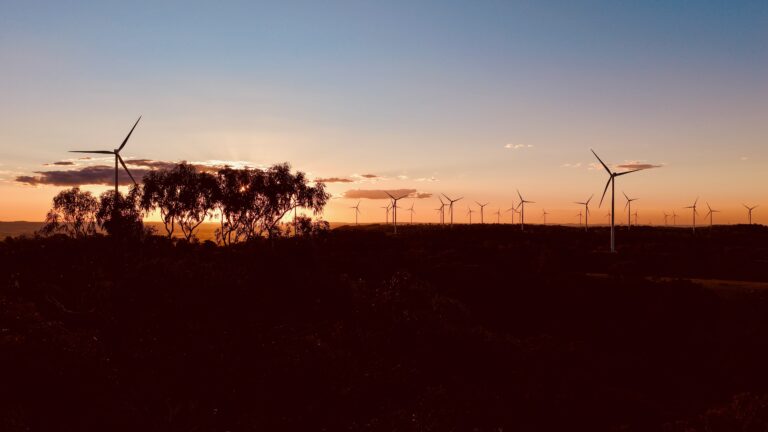
Year in review – 2025
As we look back on 2025, we are proud of the progress and milestones we have achieved this year.
Our projects
Wind Turbines
Planning
Local Government Area
390k
Expected homes powered
542k
Expected tonnes of emissions avoided
704MW
Expected capacity

As we look back on 2025, we are proud of the progress and milestones we have achieved this year.

Community programs and initiatives backed by Squadron Energy have been featured in the Best Practice Charter Report, highlighting the company’s commitment to community engagement and sustainability. Key initiatives include funding Disaster Relief Australia’s Big Map for emergency planning, delivering a First Nations training program in Wellington, leading research on bat collision risks at wind farms, and partnering with Dubbo Regional Council on an advanced wastewater treatment facility.
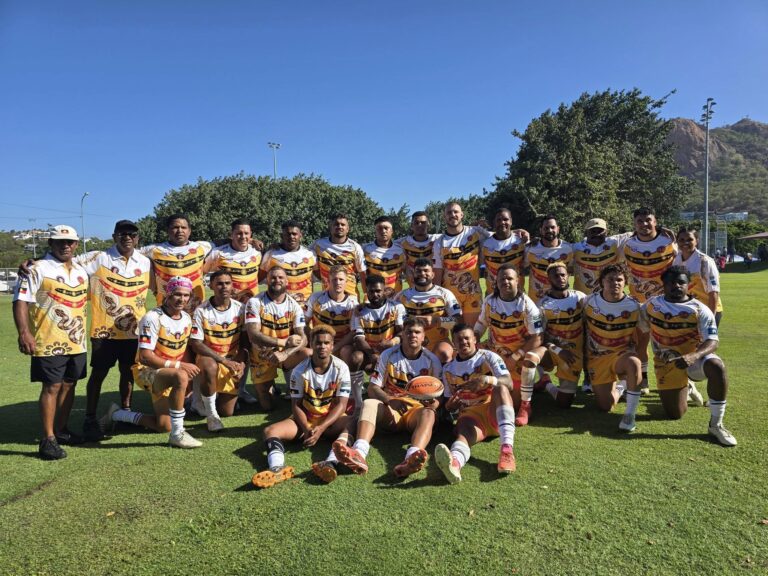
The NQ Warriors took part in the Bindal Sharks All Blacks Carnival in Townsville, supported by Squadron Energy’s Clarke Creek Wind Farm Stage 2. The First Nations team used the event to raise awareness about suicide prevention while celebrating culture and community spirit.
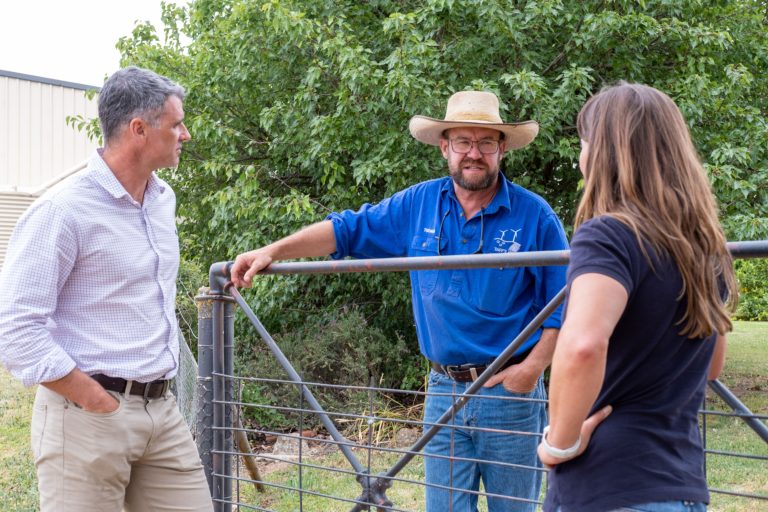
Squadron Energy is inviting the community to provide feedback on Stage Two of Clarke Creek Wind Farm. The project is
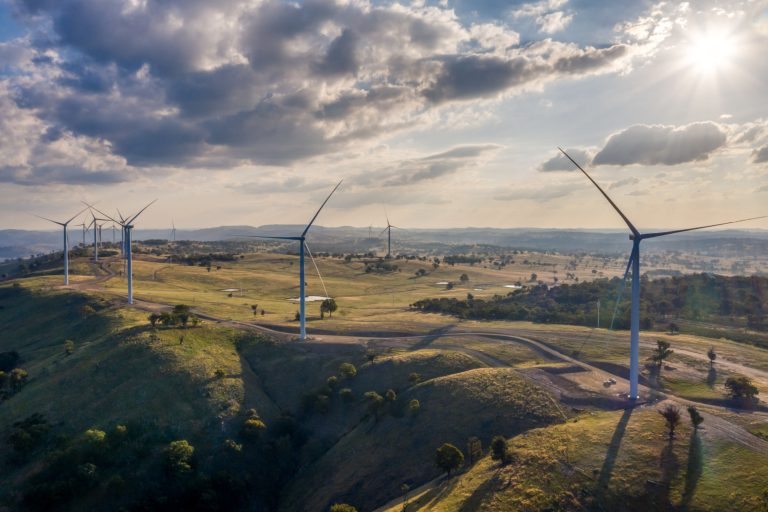
Squadron Energy welcomes progress on the implementation of the Federal Government’s Developer Rating Scheme, which aims to promote best practice engagement among
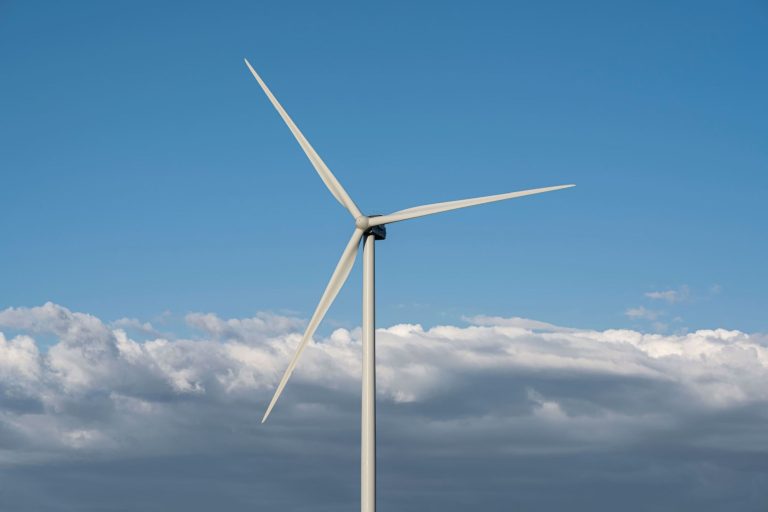
Curious about wind energy and how wind farms work? Here are the answers to some of our most frequently asked questions at
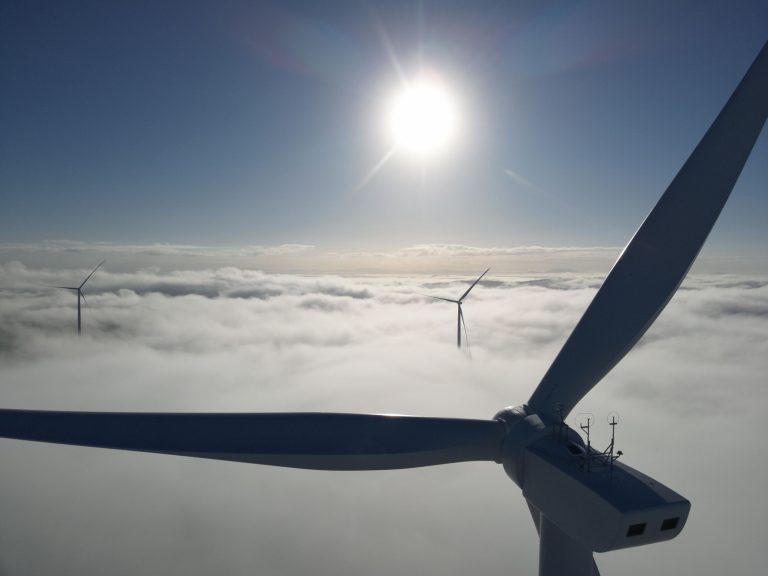
It has been a busy year for Squadron Energy. Read about our progress this year in our Year in review.
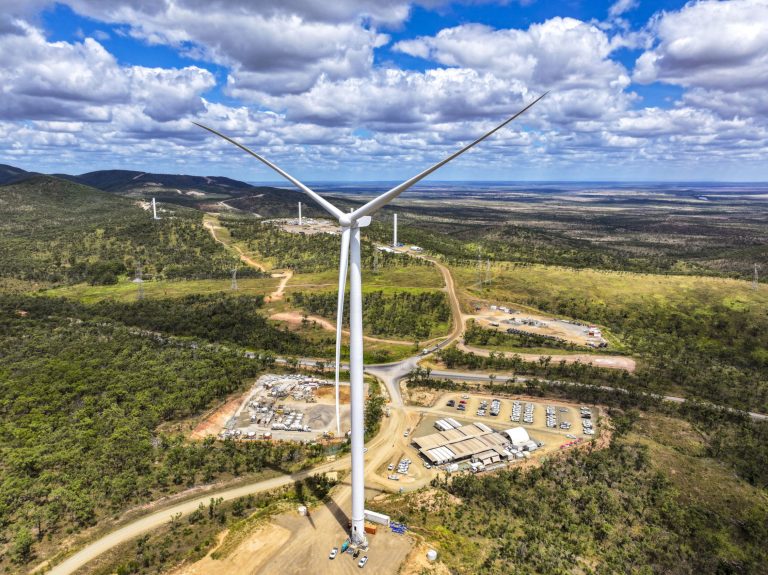
Stage One of Squadron Energy’s Clarke Creek Wind Farm has successfully completed generation registration with the Australian Energy Market Operator

In the 2022 Community Benefit Fund round, Jahna Day was awarded a scholarship to pursue a dual Bachelor’s degree in

Squadron Energy’s Clarke Creek Wind Farm marks another significant milestone this week with first energisation of the wind farm’s main

We are pleased to share an update on Clarke Creek Wind Farm – Stage 2, a project located 150km north-west

The latest Electricity Statement of Opportunities (ESOO) from AEMO is a welcomed confirmation that renewable energy generation is on track to replace exiting coal
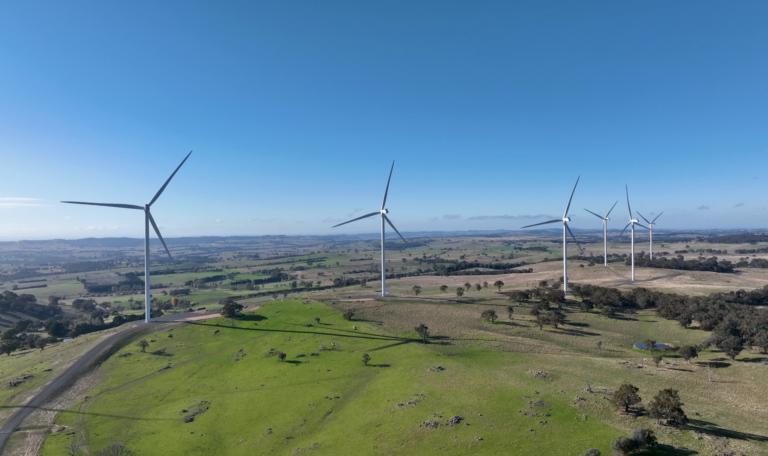
Squadron Energy CEO Rob Wheals said: “The 2024 Integrated System Plan (ISP) reaffirms the comprehensive planning and implementation done to date on
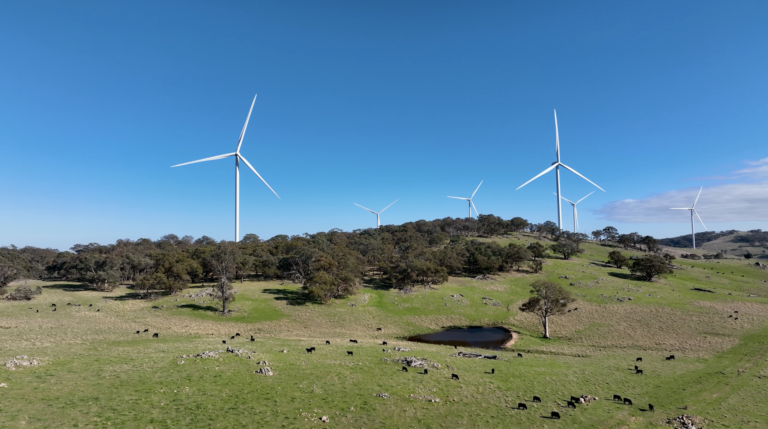
As we continue on our mission to lead Australia’s clean energy transition, we look back on some of our key

We are getting on with the critical delivery of new renewable generation. As confirmed in the latest GenCost report from the CSIRO

Wind energy has come a long way in Australia since operations began at the first commercial wind farm in 1987.

We are pleased to share a significant milestone in our Clarke Creek Wind Farm – Stage Two project. We are
Step 1


Project identification and site selection
Identification and site selection is based on an analysis of opportunities and constraints including (but not limited to): distance to the electricity grid, wind resource and population density of the surrounding community. Our team then undertake a number of site visits and consultation with landowners in the area.
Project identification and site selection
Step 2


Project feasibility and community engagement
Site-specific investigations are undertaken to assess the impacts and opportunities of the project and feedback is sought from the local community.
Project feasibility and community engagement
Step 3


Primary approvals
A development application is made through the State Assessment and Referral Agency for approval under the State Planning Act 2016. Further environmental assessment may be required under the Commonwealth Environment Protection and Biodiversity Conservation Act 1999, which includes an opportunity for public comment.
Primary approvals
Step 4


Assessment and development consent
The project documents are assessed by the relevant government authorities. If determined, a development permit is granted at the state level with a range of conditions specific to the project, while at a Commonwealth level, numerous management plans need to be prepared and approved, and conditions such as those relating to disturbance limits must be met.
Assessment and development consent
Step 5


Post approval, contracting and financing
A lead contractor(s) to build the project is appointed and all pre-construction approvals and consents are finalised. During this phase, the lead contractor(s) is provided with a list of local businesses that have registered their interest and capabilities through the project website.
Post approval, contracting and financing
Step 6


Procurement
During this phase our lead contractor(s) seek tenders and engage contractors and suppliers to undertake the scope of the works. Orders are then placed for major components such as the wind turbines.
Procurement
Step 7


Early works and design
Initial site activities commence, such as minor clearing and provision of access roads along with establishing a site construction compound. Off-site detailed design works commences in parallel.
Early works and design
Step 8


Major civil works
During this phase of the construction the bulk of the civil works takes place. This includes the construction of new internal access roads, excavation and construction of the turbine foundations, installation of the internal electrical reticulation system, construction of the high voltage substation and main transmission line network.
Major civil works
Step 9
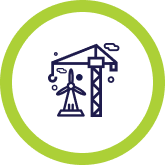

Wind turbine erection
This is where the visual aspect of the wind farm starts to emerge, with large cranes lifting the tower sections, nacelle, hub and blades into place.
Wind turbine erection
Step 10
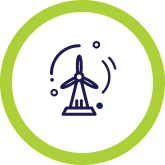
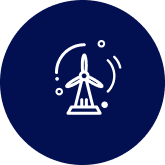
Commissioning
In order to export power to the grid, each turbine is required to undergo several performance tests. It is during this stage that you will start to see turbines spinning and ultimately the whole of the wind farm complete.
Commissioning
Step 11


Operations
The project is operating in accordance with relevant approval conditions and management plans. Compliance with conditions of approval and management plans is monitored as required throughout the life of the project.
Operations
Step 12


Decommissioning
The design life of the wind turbines will be at least 30 years. At the end of their useful life, the wind turbines and electrical equipment will be either replaced and the wind farm repowered, or the project will be decommissioned, and the site returned to its original use at the expense of the project.
Decommissioning
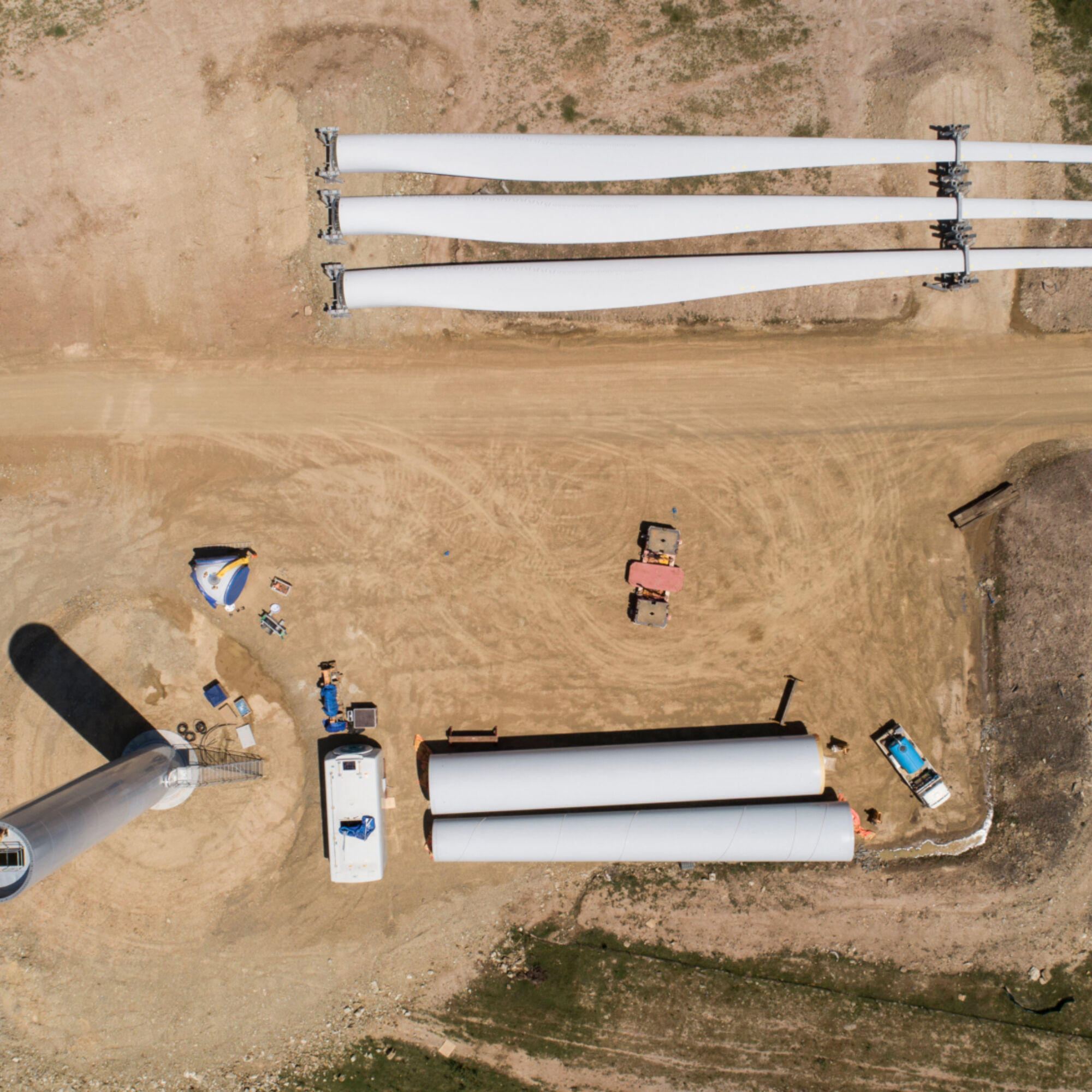
Clarke Creek Wind Farm is committed to building and maintaining relationships with the local community. The project team aims to keep an open dialogue with the local residents, stakeholders and the wider community to ensure successful exchange of information, consultation and engagement.
Clarke Creek Wind Farm aims to be an active member of the local community by supporting local initiatives and events.
A community fund of $200,000 each year will run for the life of the project.
The aim of the community fund will be to provide funds to enhance and enrich community initiatives throughout the local community.
Funding applications will be considered from all sectors, including but not limited to public health and wellbeing, environmental sustainability, skills and education (including scholarships), recreation and cultural activities.
Applications will be evaluated by the Community Consultative Committee (CCC), or a sub-committee, who will determine how best to distribute the funds.
Further information can be found in the Community Fund Guidelines and the Community Fund Scholarship Guidelines.
Download
